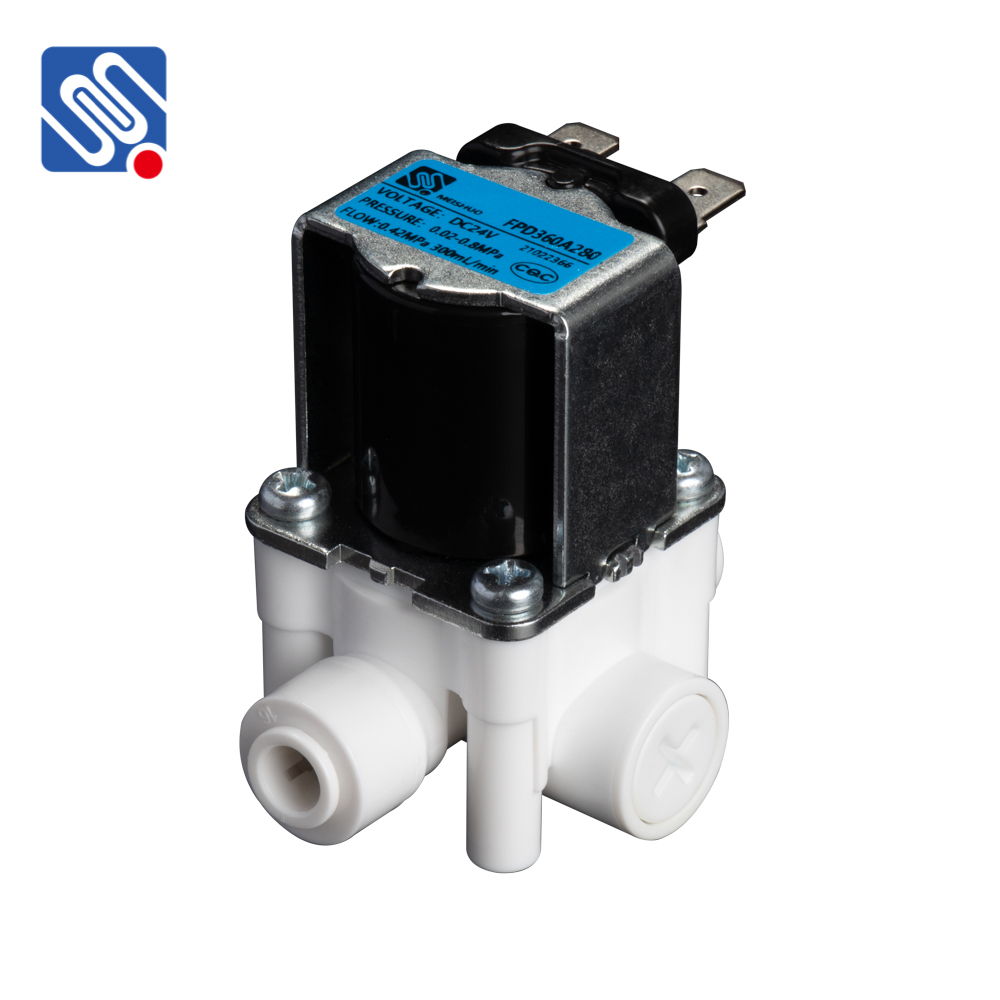DC Solenoid Valve: A Comprehensive Overview of Its Working Principles, Advantages, and Applications

A DC Solenoid Valve is a type of electromechanical device used to control the flow of fluids such as gases, water, or other liquids. It works by using a solenoid (a coil of wire) energized by direct current (DC) electricity to operate the valve mechanism. These valves are commonly employed in a wide variety of applications, ranging from industrial automation to consumer electronics. This article provides a comprehensive overview of the DC solenoid valve, focusing on its working principles, advantages, and common applications. Working Principles The fundamental operation of a DC solenoid valve revolves around the electromagnetic principle. When a DC voltage is applied to the solenoid coil, a magnetic field is generated, which moves the valve plunger or armature. This movement opens or closes the valve, thereby regulating the flow of fluid. Depending on the design of the valve, it may either be normally closed (NC) or normally open (NO).